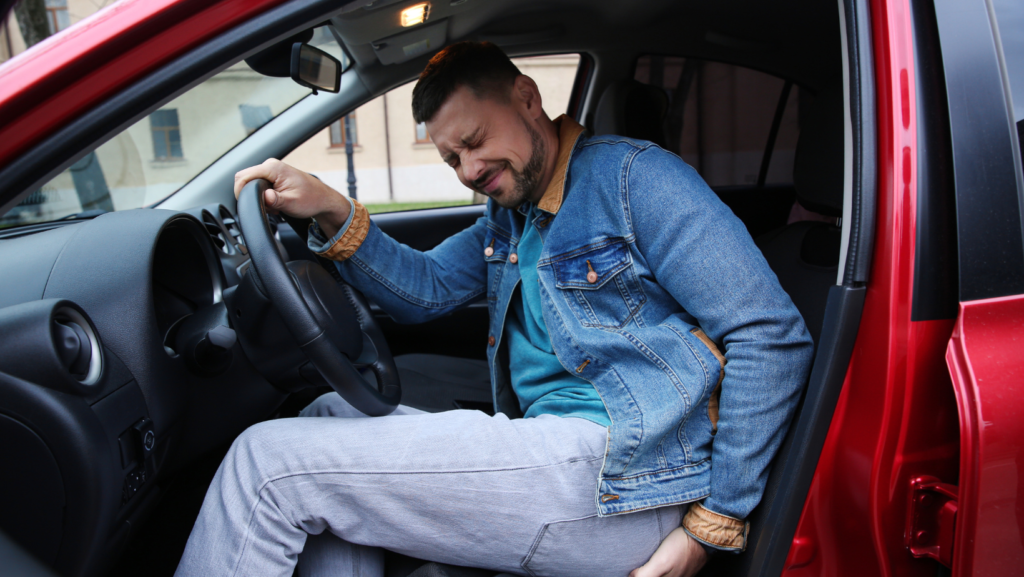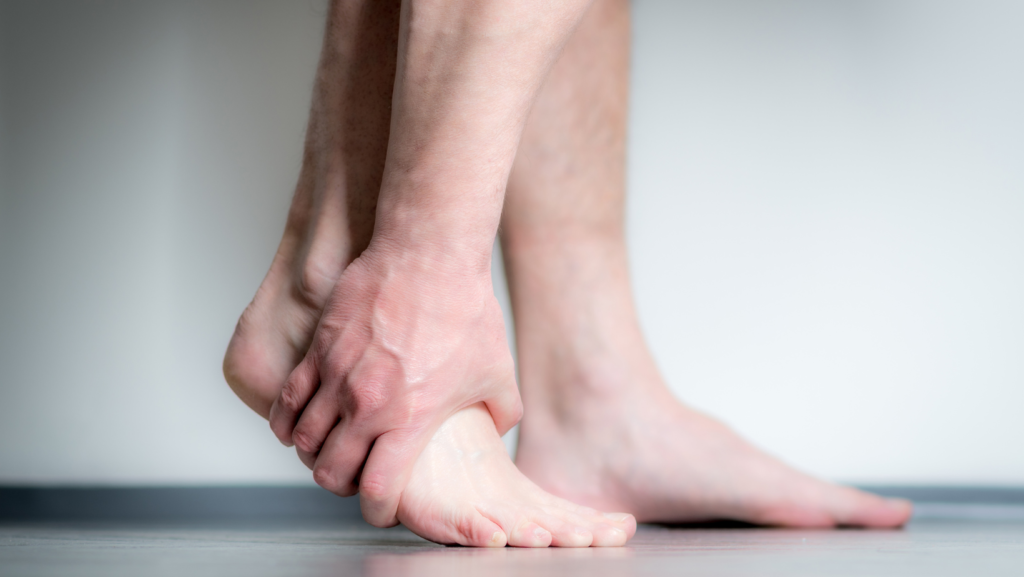
Sciatic pain is a type of pain that radiates along the sciatic nerve, which runs from your lower back down your legs. It’s often caused by a slipped disc in your spine, but can also be due to other conditions such as spinal stenosis, Piriformis syndrome, or pregnancy. Sciatic pain can be extremely debilitating, making it difficult to walk, sit, or stand.
If you suffer from sciatica, there are some things you can do to ease the pain. In this article, we will discuss 10 ways how to relieve sciatica pain.
There are a variety of over-the-counter (OTC) medications that can help relieve sciatic nerve pain. Some of the most common ones include ibuprofen (such as Advil or Motrin), naproxen (such as Aleve), and acetaminophen (such as Tylenol).
When choosing an OTC pain reliever, be sure to read the label carefully to make sure it’s safe for you to take. Some medications can cause stomach upset or other side effects. Be sure to ask your doctor if you have any questions about which pain reliever is right for you.
To take an OTC pain reliever, follow the instructions on the packaging. Usually, you will need to take it with food and plenty of water. Don’t take more than the recommended dose, and never take more than one medication at a time without talking to your doctor.
Applying heat or ice to your sciatica pain area can help reduce severe pain and inflammation. Try using a heating pad set on low for 20-30 minutes at a time, or placing an ice pack wrapped in a towel on the area for 15-20 minutes.
Stretching and exercising can help ease sciatica symptoms by reducing inflammation and tension in the piriformis muscle surrounding your sciatic nerve. There are a variety of physical therapy and exercises you can do, but it’s important to make sure you’re doing them correctly to avoid further injuring yourself.
If you’re not sure how to properly stretch or exercise, consider working with a physical therapist who can create a customized plan for you.
If your sciatic pain is caused by a condition such as lumbar spinal stenosis or a herniated disk, wearing supportive devices such as a back brace or corset can help ease the pain by taking pressure off of your spine.
Maintaining good posture helps reduce strain on your spine and muscles, which can in turn help ease sciatic pain. When sitting, be sure to keep your feet flat on the floor and your back straight against the chair. When standing, keep your weight evenly distributed on both feet and avoid slouching.
Sleeping on your side with a pillow between your knees can help take pressure off your spine resulting in sciatica pain relief and easing the pain. If you’re a back sleeper, placing a pillow under your knees can also help.
If you smoke, quitting is one of the best things you can do for your overall health including reducing sciatic pain. Smoking increases inflammation in the body, which can make sciatic pain worse.
Being overweight puts extra strain on your spine and muscles, which can lead to or worsen sciatica. Losing even a few pounds can help reduce the amount of pressure on the sciatic muscle and ease sciatic pain.
Stress can worsen sciatic pain by causing tense sciatic nerve roots muscles and increasing inflammation. Learning how to manage stress can help reduce the frequency and intensity of your sciatic pain.
If self-care measures aren’t relieving your pain or if your pain is getting worse, it’s important to see your doctor. They can diagnose the cause of your pain and recommend treatment options that can help.

If you’re dealing with sciatic pain, there are a few things you should avoid doing in order to prevent further injury and ease your pain. Here are 10 things you should not do if you have sciatic pain:
Sitting puts pressure on your spine and can worsen sciatic pain. If you have a sedentary job, take breaks often to walk around and stretch. And when you’re at home, avoid sitting for prolonged periods of time.
Standing for long periods of time can also put a strain on your spine and worsen sciatic pain. If you have a job that requires you to stand for long periods of time, take breaks often to sit down and rest.
High heels change the way you walk and put extra strain on your lower back and legs, which can aggravate sciatic pain. If you must wear heels, try to limit the amount of time you spend on them and wear shoes with a low heels.
Twisting your body can put a strain on your spine and muscles, which can aggravate sciatic pain. When lifting something heavy, for example, be sure to lift with your legs and not your back. And when reaching for something, avoid twisting your body—instead, move your feet so you’re facing the object before reaching for it.
Slouching changes the alignment of your spine and puts extra strain on your back and neck muscles, which can worsen sciatic pain. Whenever possible, sit or stand up straight to avoid slouching.
Wearing tight clothing can also aggravate sciatic pain by constricting your movement and putting extra pressure on your spine and muscles. When possible, wear loose-fitting clothing to avoid aggravating your pain.
Crossing your legs when sitting puts extra strain on your back and can worsen sciatic pain. Instead, sit with both feet flat on the ground in front of you.
Sleeping on your stomach can put a strain on your spine and exacerbate sciatic pain. If you’re a stomach sleeper, try sleeping on your back or side instead.
If self-care measures aren’t relieving your pain or if your pain is getting worse, it’s important to see your doctor. They can diagnose the cause of your pain and recommend treatment options that can help.
Sciatic pain can be debilitating, and ignoring it can only make it worse. If self-care measures aren’t improving your pain, see your doctor for further treatment options.
Sciatic pain can be frustrating and debilitating, but there are things you can do to ease the pain. From stretches and exercises to losing weight and quitting smoking, these 10 tips can help you find relief from your sciatic pain.